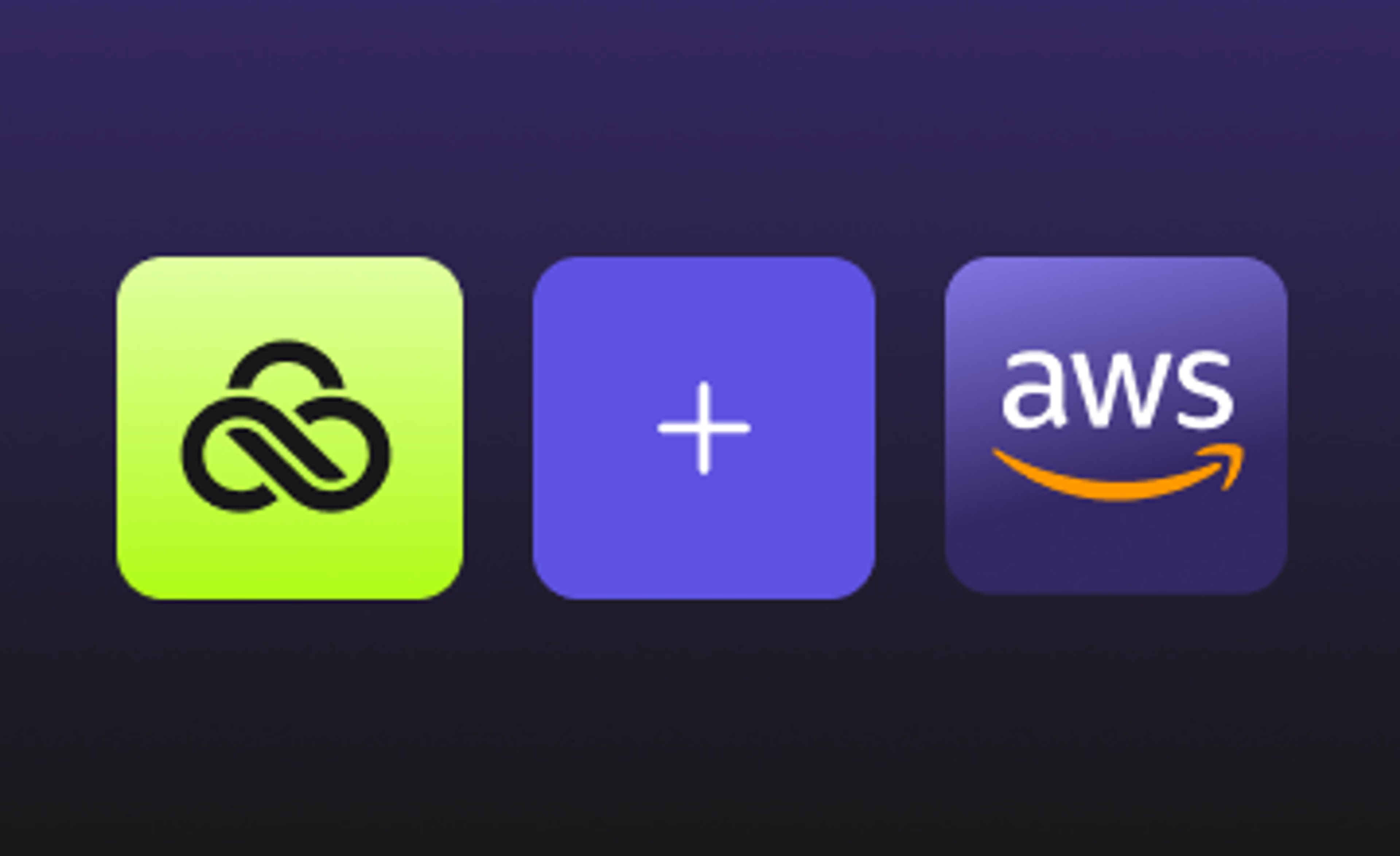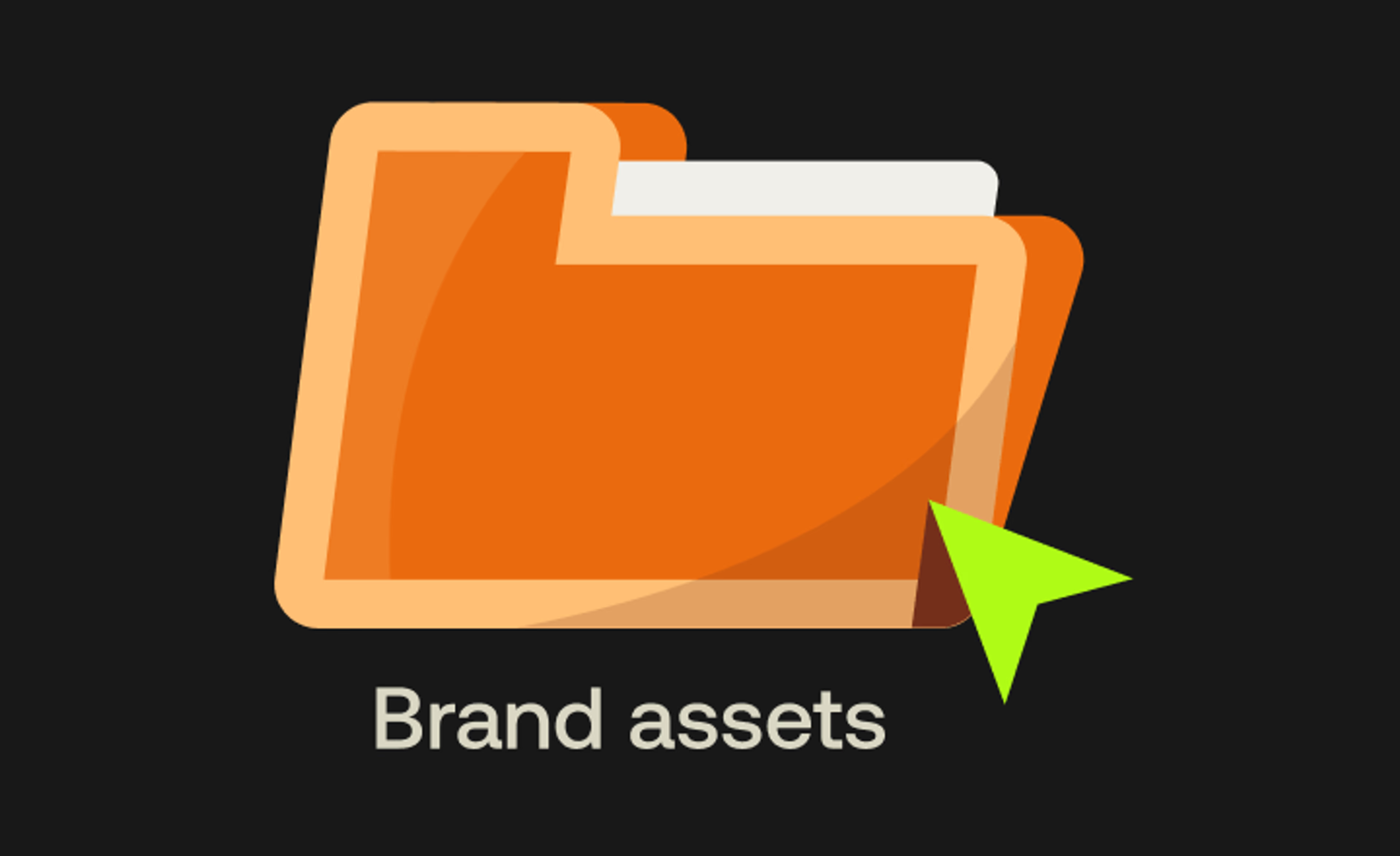LucidLink blog

The art of the possible: LucidLink integrations to level-up your workflow
Discover how teams use LucidLink integrations to automate folder creation, streamline review workflows, and speed up post-production. No complex code needed.
26 June 2025, 5 mins read

Best marketing collaboration software: 11 tools for distributed teams
Discover the 11 best marketing collaboration tools for distributed teams in 2025 — from project management to real-time file sharing.
03 June 2025, 10 mins read

Creative operations: how to streamline creative workflows
Learn what creative operations is, how it differs from project management and how to optimize your creative workflows for smoother, faster collaboration.
28 May 2025, 8 mins read

Time savers vs. time wasters: workflow upgrades for faster collaboration
Traditional workflows waste too much time. Discover how your team can save hours by upgrading your workflows with the latest collaborative technology.
02 May 2025, 7 mins read

LucidLink at NAB 2025: four-time winner, best year yet
LucidLink made waves at NAB 2025 with award wins, new features and nonstop demos.
28 April 2025, 3 mins read

How the cloud fuels storytelling: 5 takeaways from top creatives
Hear how top creatives use the cloud to collaborate in real time, streamline workflows and stay ahead.
24 April 2025, 4 mins read

How LucidLink + AWS sets the gold standard for enterprise cloud storage collaboration
See how LucidLink and AWS combine to deliver a trusted, high-performance storage collaboration platform with predictable, egress-free pricing.
15 April 2025, 5 mins read

How The Finish Line reclaims time to make work-life balance a reality
Discover how The Finish Line uses cloud workflows to support remote post-production, creative collaboration and make every second count.
10 April 2025, 6 mins read

Make every second count: what’s new with LucidLink at NAB 2025
Explore LucidLink’s latest product release for NAB 2025 — with enterprise-ready features, mobile tools and real-time access from anywhere.
03 April 2025, 5 mins read

Marketing asset management: how to stop wasting time & money
Stop wasting time searching for files. Discover how marketing asset management streamlines workflows and keeps your team focused on creating great work.
20 March 2025, 10 mins read

Marketing video production guide: how to stand out & get results in 2025
Discover expert strategies for marketing video production. Learn how to create standout videos that engage your audience and drive real ROI.
28 February 2025, 8 mins read

The 10 best secure file sharing platforms for business in 2025
Explore the 10 best secure file sharing solutions for business and find the right fit for your needs.
24 February 2025, 12 mins read
Join our newsletter
Get all our latest news and creative tips
Want the details? Read our Privacy Policy. Not loving our emails?
Unsubscribe anytime or drop us a note at support@lucidlink.com.
